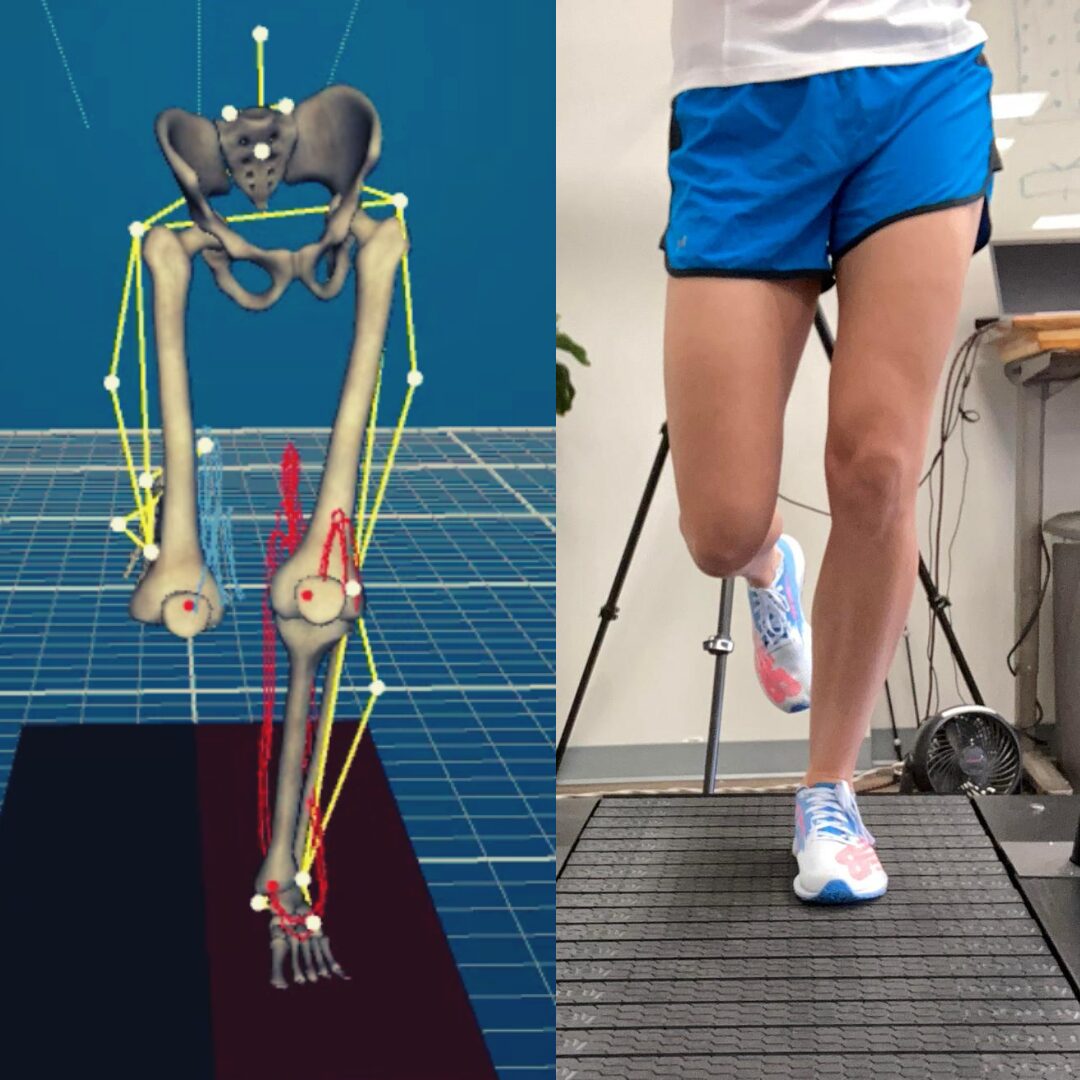Before we look at someone’s running with 3D gait analysis, we always take the runner through what we call a “running readiness assessment.” We also use a modified version of this for athletes of other sports or those with different movement goals and pain in other areas of the body. The idea is that we get a thorough look at what the whole body is doing so we don’t miss something that might be causing a seemingly unrelated pain. For example, your shoulder pain may never get better with your overhead squats if you don’t address your limited ankle mobility.
With the running readiness assessment, we’re also looking at key movements that you should be able to accomplish in order to show us that you are fit to run. If you are lacking in any of these areas, we can prioritize exercises that would help you decrease pain and improve performance.
One of these movements is the single leg sit-to-stand. So today, we challenge you to try the single leg sit-to-stand! (Check out the video below)
For the single leg sit-to-stand, we are looking for:
- Your ability to complete 7 without putting your other foot down, without losing your balance, without holding on, and with a controlled landing during each rep.
- Your ability to maintain alignment through your hip, knee, and foot/ankle.
The reason this move is so important is because it has been shown that your ability (or lack of) to perform this movement with good alignment is a good indicator of what you might look like at mid-stance of running. Mid-stance is our “shock absorption” phase of gait. If you are not strong enough to complete the sit-to-stand, you may present with a stiff knee during mid-stance (which can lead to things like joint pain in the knee, hip, or back and early onset of arthritis, especially after injuries such as ACL reconstruction).
You may also present with a knee/leg that moves too much. An example of this is in the picture below and it is called collapsing. When we see this motion during your sit-to-stand, even if you had the strength to complete 7, there’s a strong possibility you’re doing this while you’re running. Shin splints? Arch pain? Knee pain? ITB pain? Collapsing mechanics might be the cause of these pains, among many other running pains and injuries.
There are simple ways to correct these things. Snap a video of yourself doing the single leg sit-to-stand and tag us on Instagram @omegaprojectpt OR email us at cu*************@************pt.com . We’ll send you our feedback and some advice for improvement!

